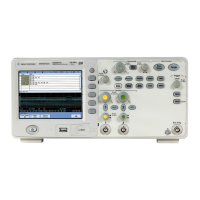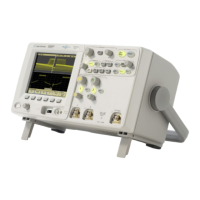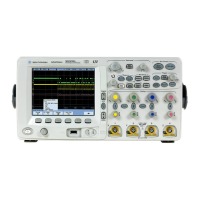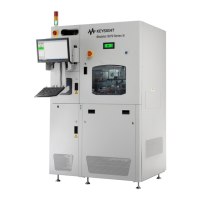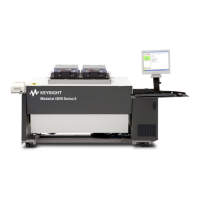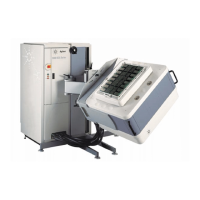Chapter 8 Ensuring Repeatability, Accuracy, and Resolution
Ensuring Accuracy
Getting Started Guide 8-5
8
Abbé error
The perpendicular distance between the displacement measurement axis
of a machine (the machine’s scales) and the measurement line where
displacement in that coordinate is being measured is called the Abbé
offset. Abbé error is the measurement error resulting from angular motion
of a moveable component and the Abbé offset between the scales
measuring the motion of that component and the measurement line. See
Figure 8-2 for an illustration of Abbé error.
Understanding Abbé error is valuable in predicting a machine’s largest
errors and, to a large degree, the limit of how accurately a machine can do
its work.
The Abbé error increases in proportion to the size of the angular offset and
the distance of the linear offset. To minimize this error, you should make
your measurement as close as possible to what you are measuring. For
example, if you want to determine the accuracy of a machine’s lead screw
or scale, make your measurement as close as possible to the screw or scale.
If, on the other hand, you want to measure how accurately the machine
positions its cutting tool, make your measurement along the tool’s path.
This compensates for geometric inaccuracies of the measurement system
including those due to Abbé error.
A micrometer is not subject to Abbé error, since the measurement axis and
its scale are the same.
Locate your calibration axis in the most critical positioning area of the
machine’s working area. Once compensated, the machine will position
most accurately along the calibration axes. The worst accuracy will be at
the greatest offset from the calibration axes.
